02 Oct The Materials & Processes related to the Cultural Textiles of Africa
Textiles of Africa
Textiles of Africa occupy a unique spot in the history of world textiles: Their use ranges from clothing, tent awnings, wall hangings, and bed covers: they also indicate the wealth of the owner, and in many cases, his social standing and possessions. Historically, textiles in Africa have also been used as currency. Therefore it is a pity that most western perception of this genre centers on its ‘craft.’ Of course, African textiles are craft-based, but they are so much more than that.
Africa is a massive continent, with immense cultural and geographical diversity, so the only way to examine its textile traditions in such an article is to divide the elements under heads:
TEXTILES OF AFRICA MADE ON HEDDLE LOOM
The single heddle loom is widely used all over Africa, where the heddle separates warp threads to allow the weft. Heddles are usually operated with pedals.
Interestingly, the cloth on the heddle loom is woven in narrow strips, sewn together as required. The beauty of the Asante people’s kente is based on the tasteful juxtaposition of individual cloth strips.
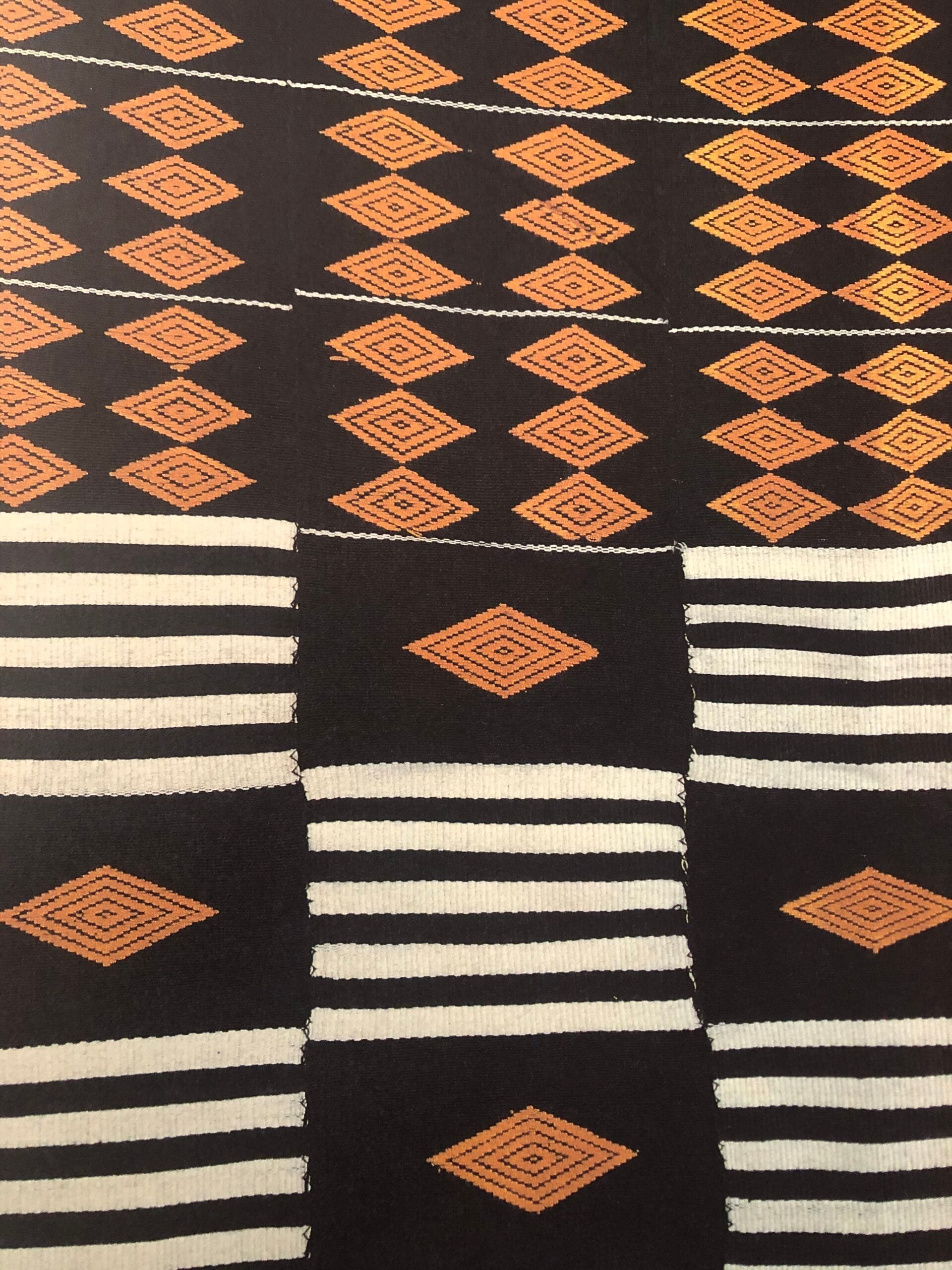
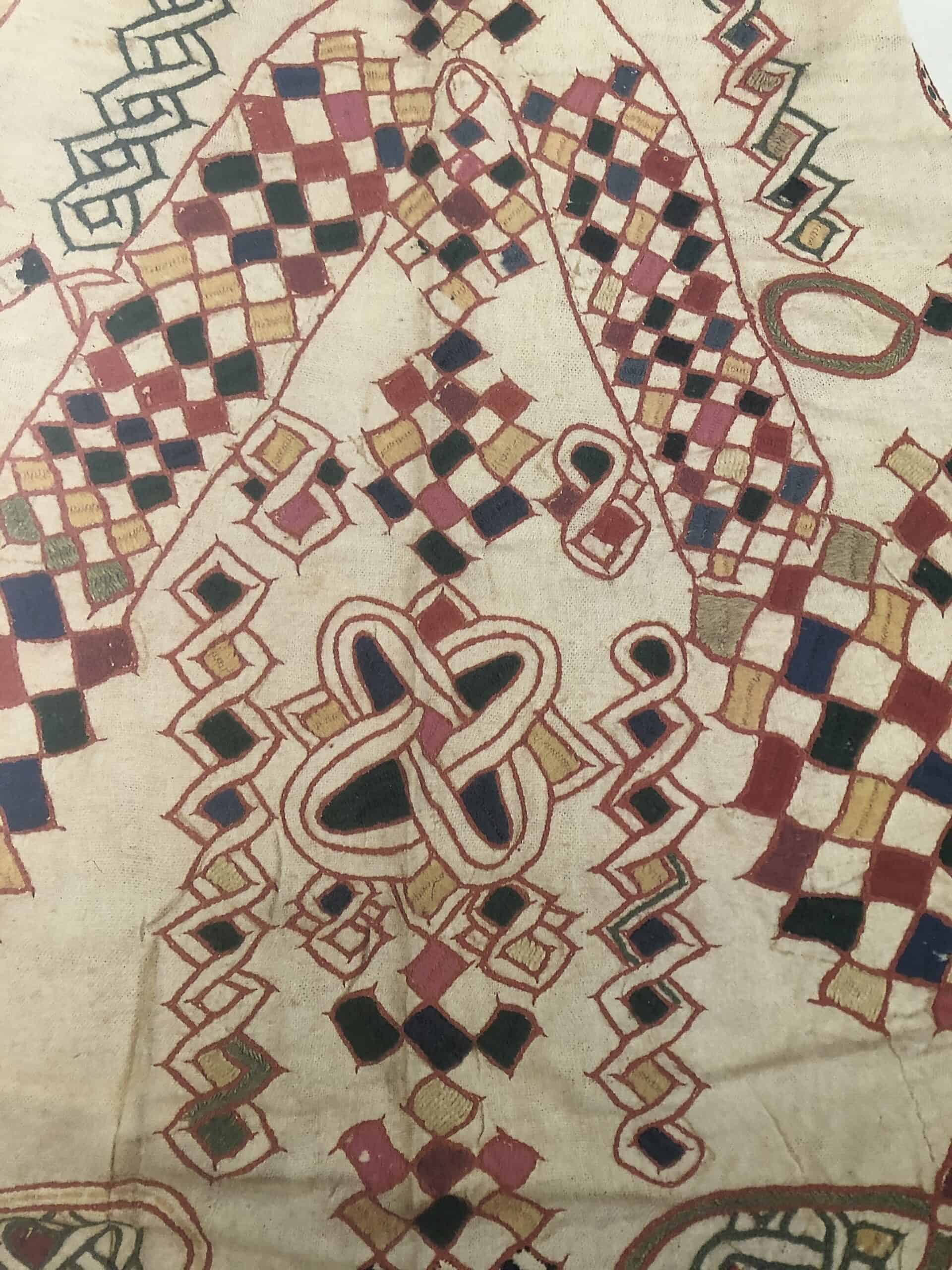
MATERIALS FOR THE TEXTILES OF AFRICA
Raw materials in Africa cover cotton, silk, wool, goats hair, and some non spun natural fibers like raffia and bast, which derives from the plant stem.
Since the yarn produced from hand spinning is thick and difficult to use, there is an interesting tradition of unraveling cloth from Europe to work with. Local silk yarn lacks shine, though textiles like the Sanyan are highly prized. Nowadays, lurex and rayon have replaced silk yarn to a great degree.
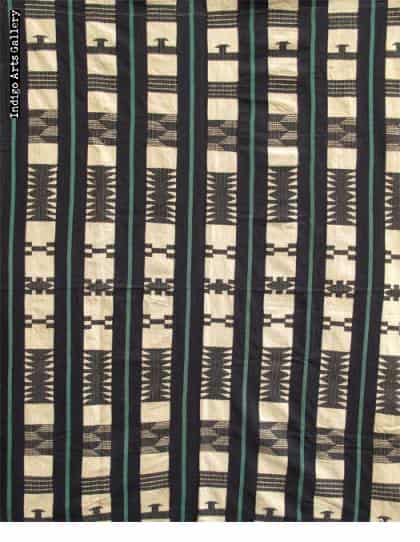
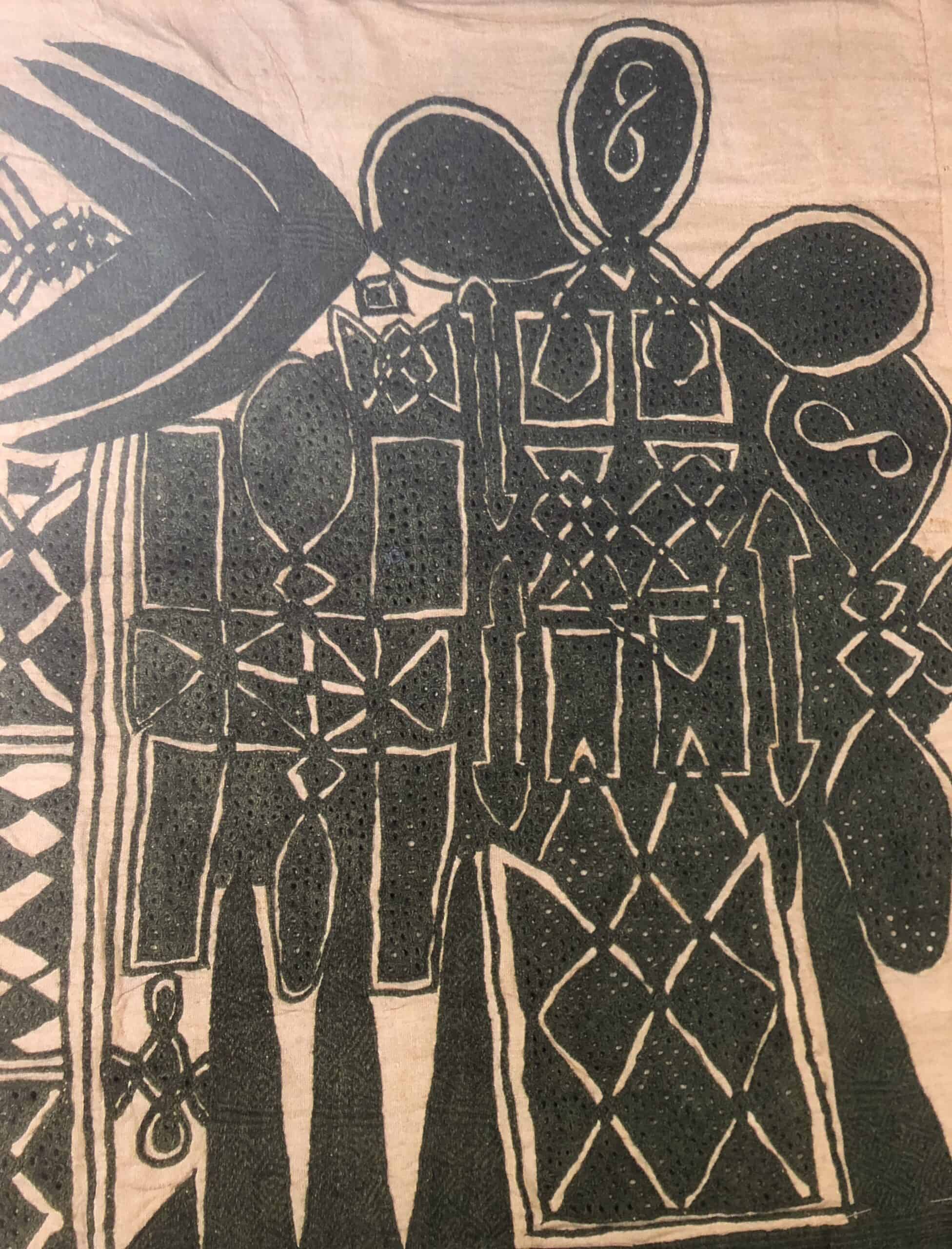
DYEING FOR THE TEXTILES OF AFRICA
Though much African cloth is woven from natural undyed fibers, dyeing is widespread all over Africa. Natural dyes are made from various sources: red from camwood, yellow from brimstone bark, and indigo from Tinto.
Resist dyeing is practiced widely in Africa by sewing sticks and stones to cloth before dyeing or applying starch paste through stencils. Mostly dyeing is done by either men or women. In Nigeria, only men undertake dyeing, and among the Yoruba, only women.
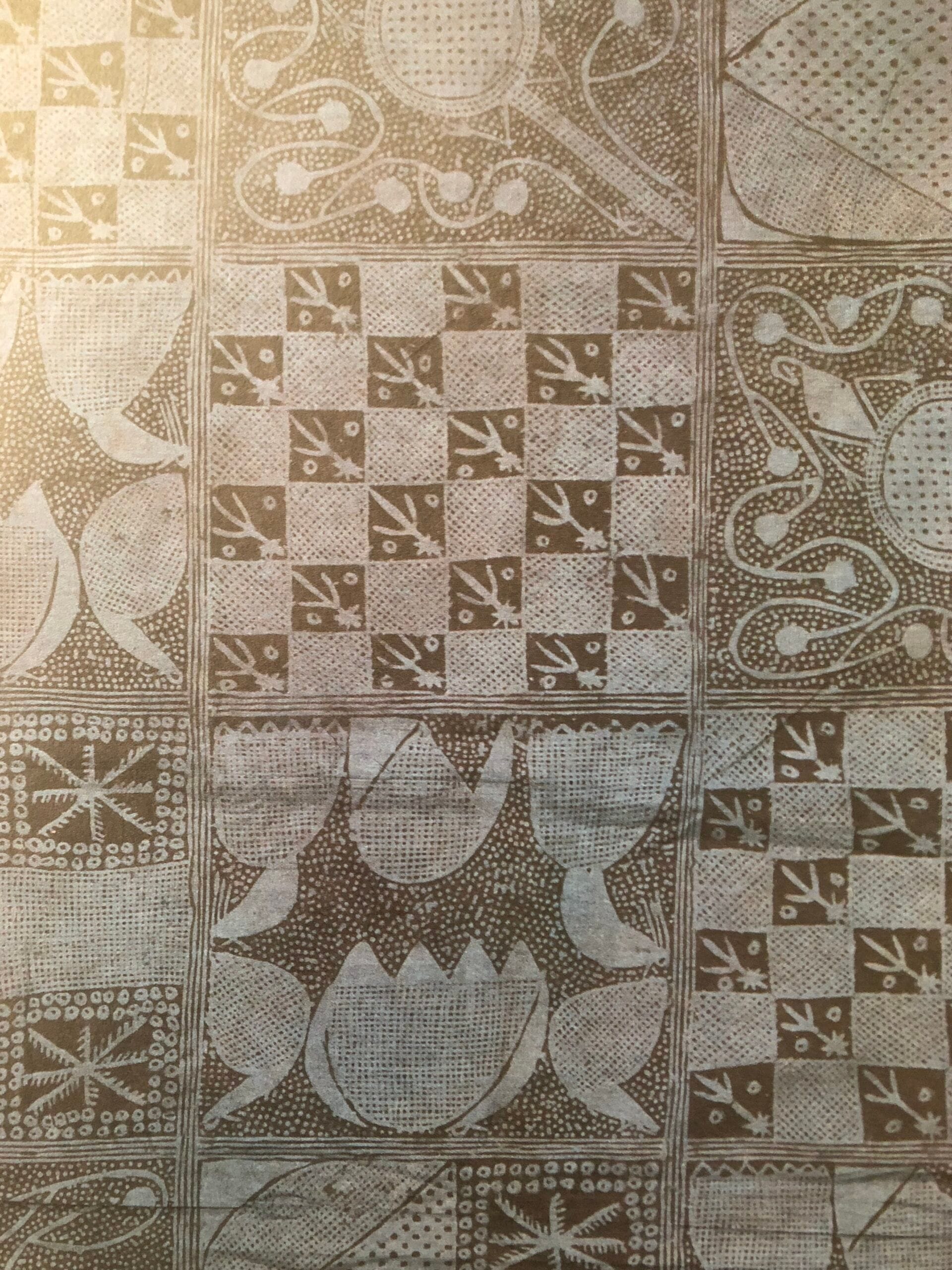
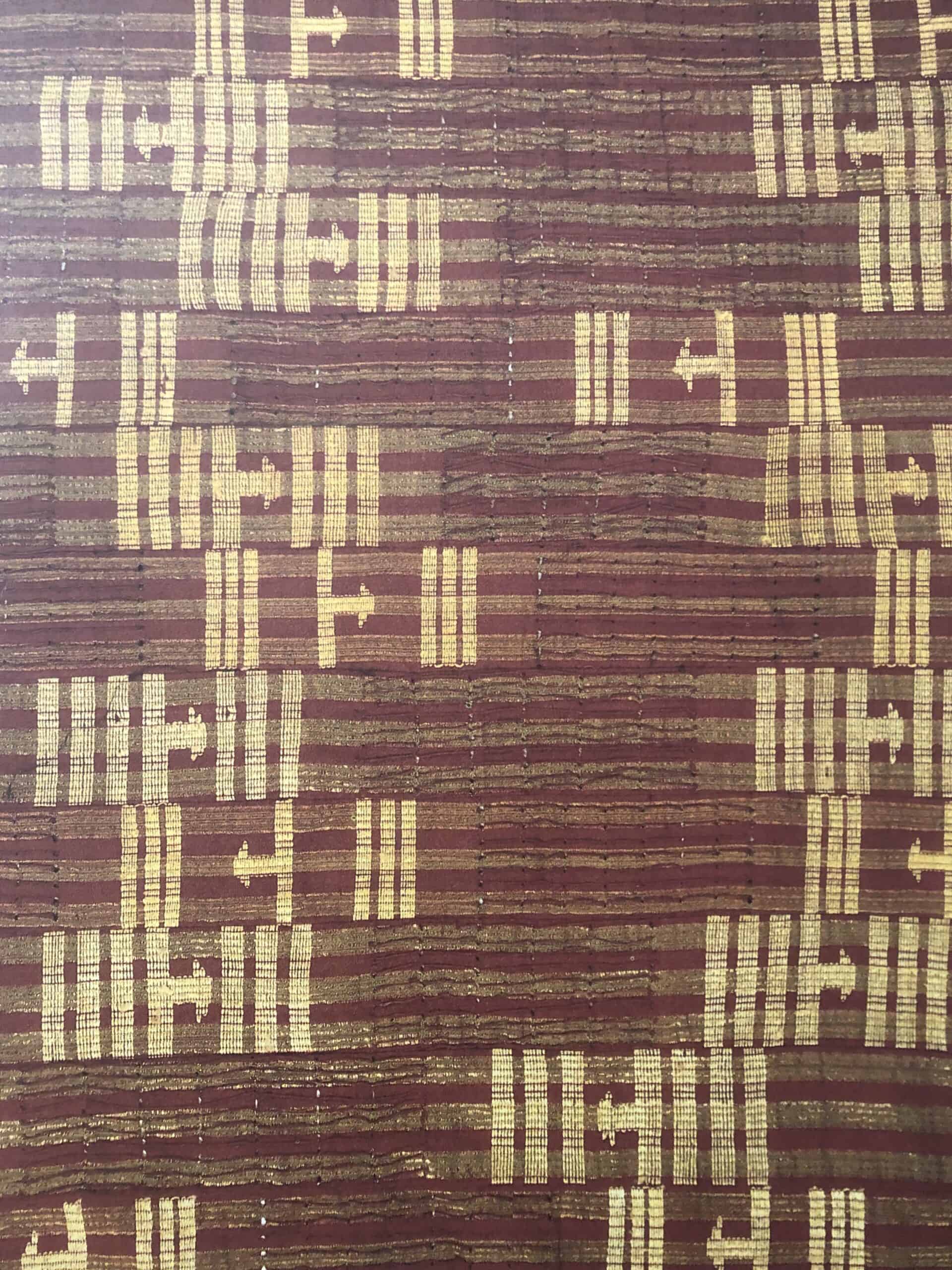
The mud cloths of the Bamna use a unique dyeing technique not seen elsewhere. Black mud dye is used on yellow dyed fabric, and the yellow is then discharged, giving a white on a brownish background.

SURFACE EMBELLISHMENTS ON THE TEXTILES OF AFRICA
Patchwork, appliqué, and embroidery are widely practiced throughout Africa. The embroidery of the Hausa of Nigeria and Cameroon is incredibly delicate.
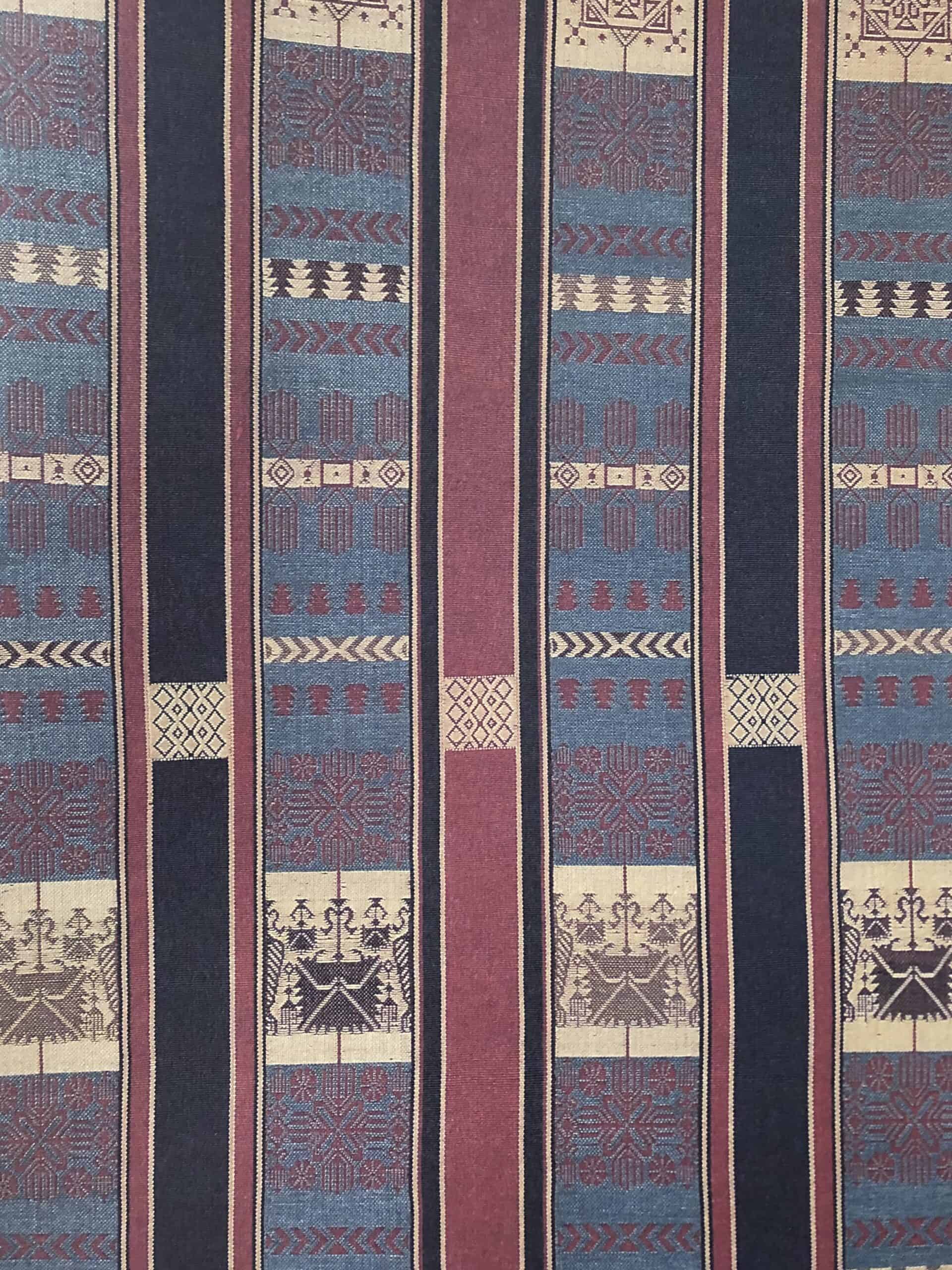
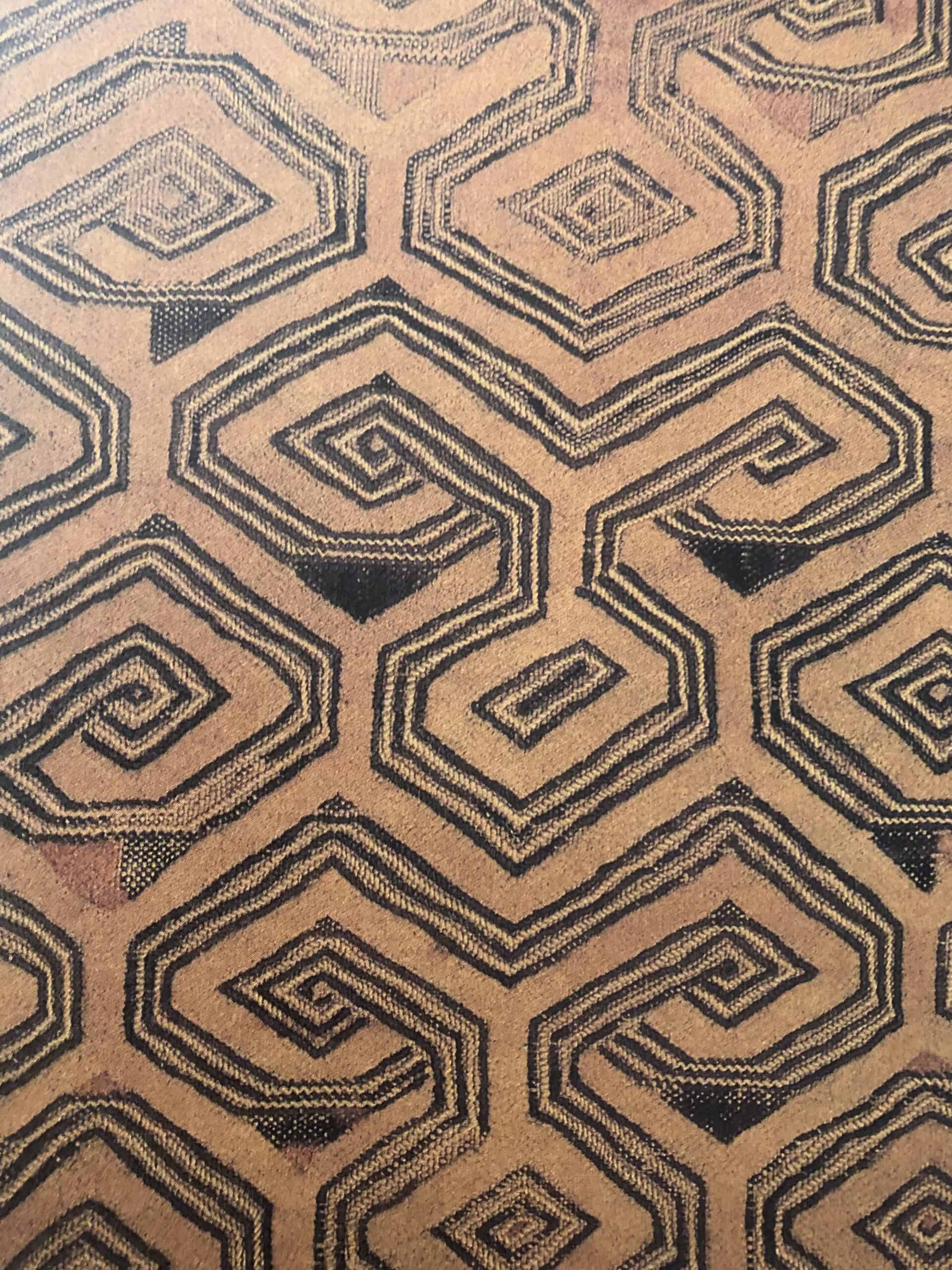
The Kuba practice a cut-pile technique in which woven raffia is manipulated to create a soft pile, often combined with embroidery.
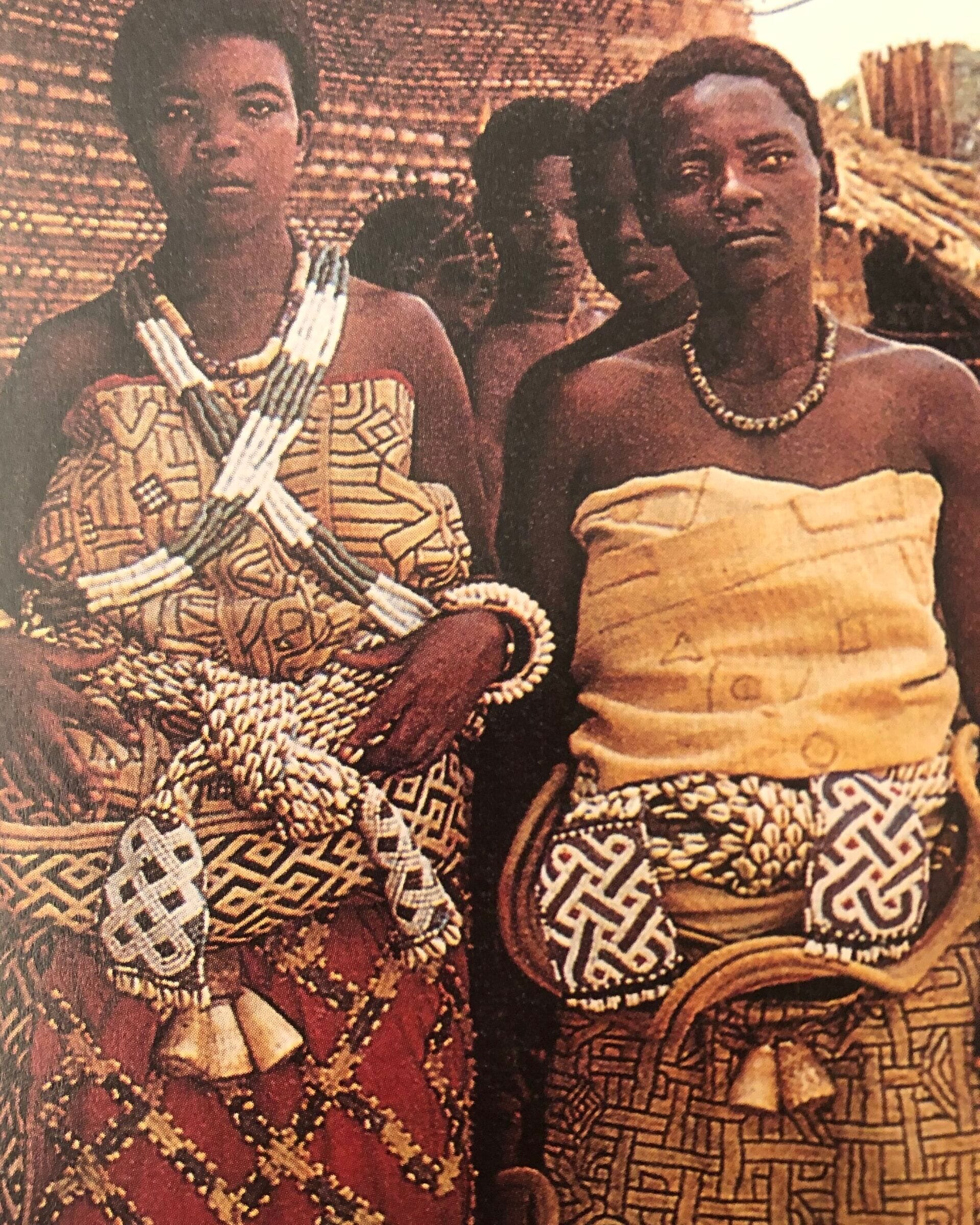
PATTERN & COLORS FOR THE TEXTILES OF AFRICA
Stripes and checks are produced routinely on heddle looms, and more complex motifs are woven using extra heddles. Many motifs carry ritualistic meanings, such as combs and mirrors as talismans against evil, or knives as cutting envious glances.
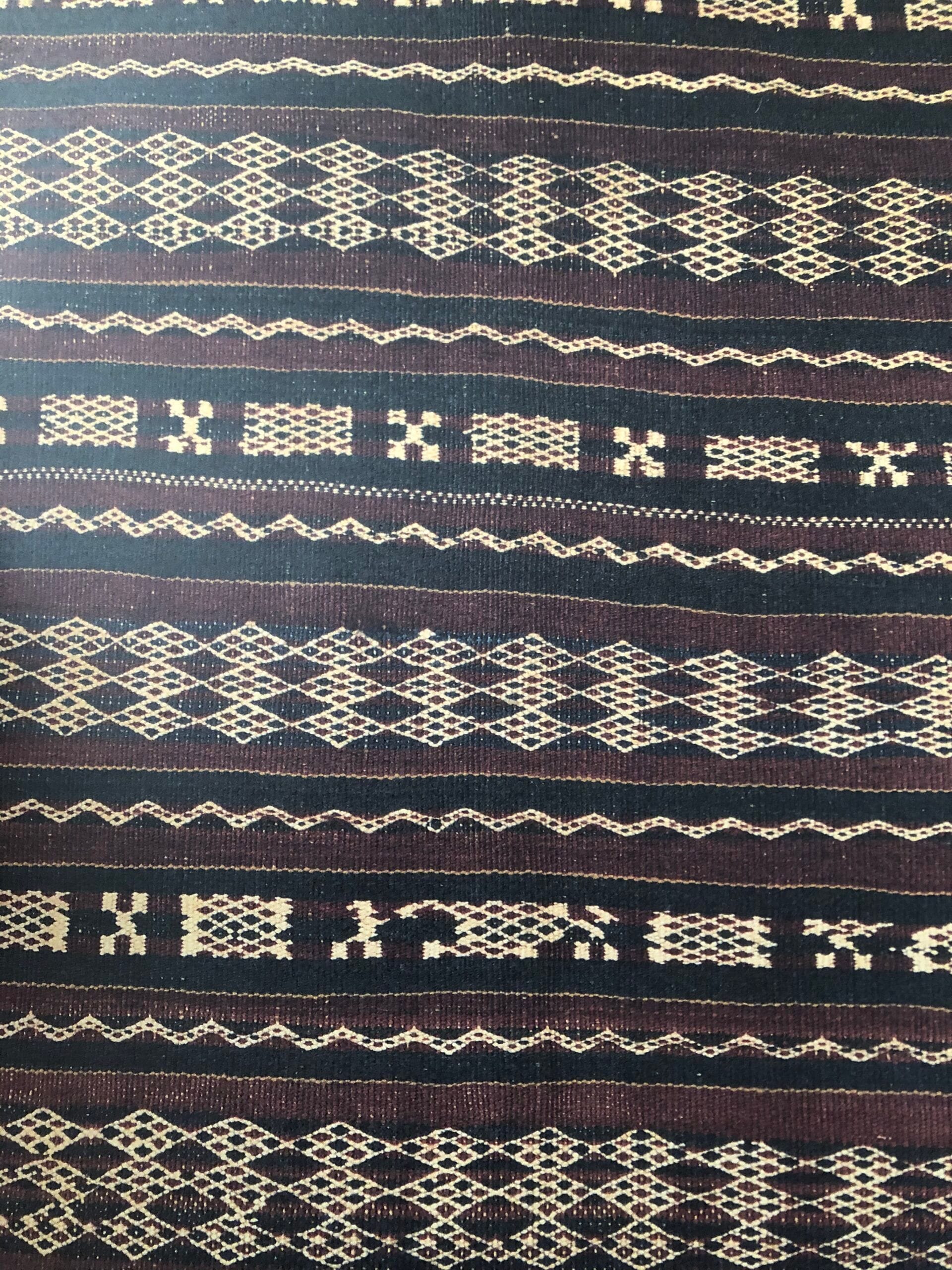

Unlike western repeating patterns, African textiles often have unexpected elements like deliberate errors, possibly because of the Islamic stricture against perfection.
Colors, too are deeply symbolic in African cultures, such as red being associated with mystical powers.
WAX PRINTING ON THE TEXTILES OF AFRICA
I can’t speak of African textiles and leave out wax prints, which are used widely for clothing in Africa. Wax prints are based on a batik technique and serve as a way of communication between African women. For instance, a wax print carrying fan motifs would indicate that she is well off enough to afford a fan in her house.
The Dutch company called Vlisco, produces fantastic wax prints that are used not just in Africa but are a fashion statement throughout the world.

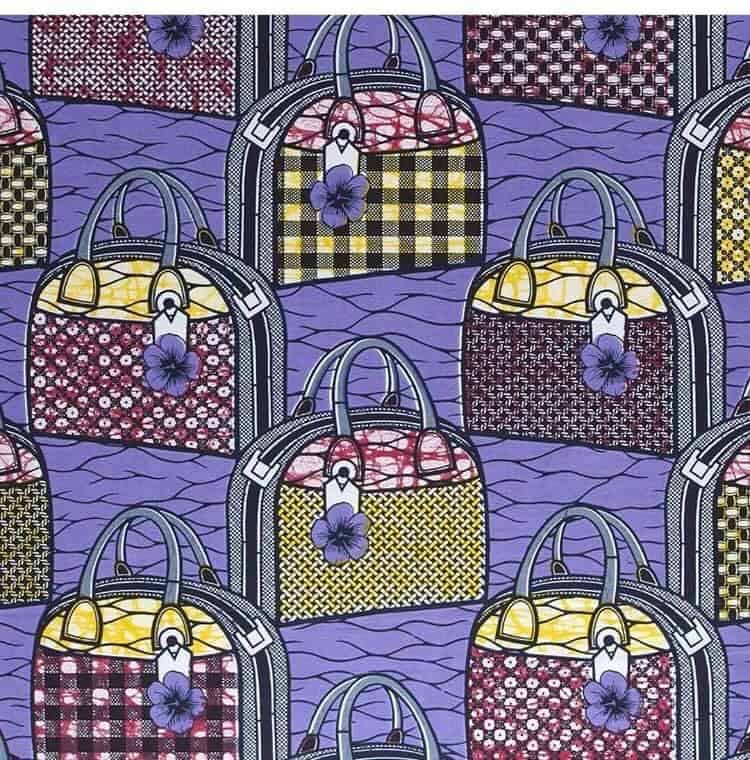
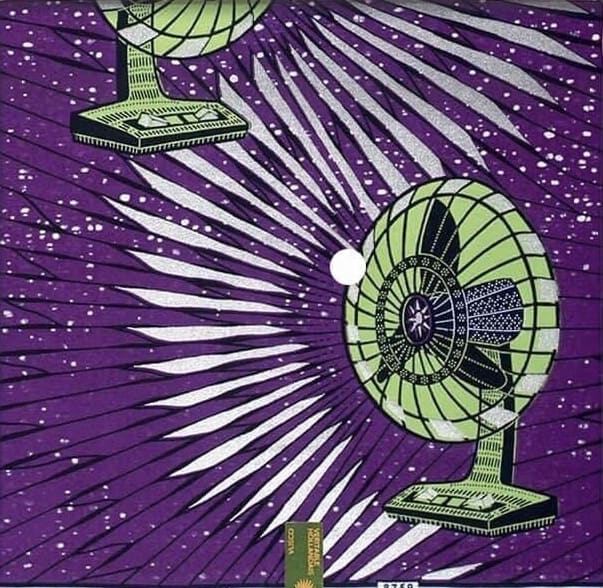
While many scholars rue using machine-woven yarn and roller technology in recent years, it may have allowed Africa’s handloom weavers to produce more significant quantities and broader patterns. A tradition is also a living tradition, which means that it will change, progress, and develop. African hand made cloth has only benefited from this.
Read More on the blog
TOILE DE JOUY, THE FABRIC SYMBOLIC OF FRENCH SAVOIR-FAIRE
HANDWOVEN DIAPHANOUS MUSLIN, THE STORY OF THE WORLD’S FINEST FABRIC
A HUMBLE ORIGIN & FASCINATING STORIES OF FASHIONABLE MADRAS CHECKS
FRENCH ART DECO TEXTILE MOVEMENT’S STRONG INFLUENCE ON DESIGN
NATURAL DYES – THE HISTORY OF EXTRACTION OF BEAUTIFUL PLANT PIGMENTS


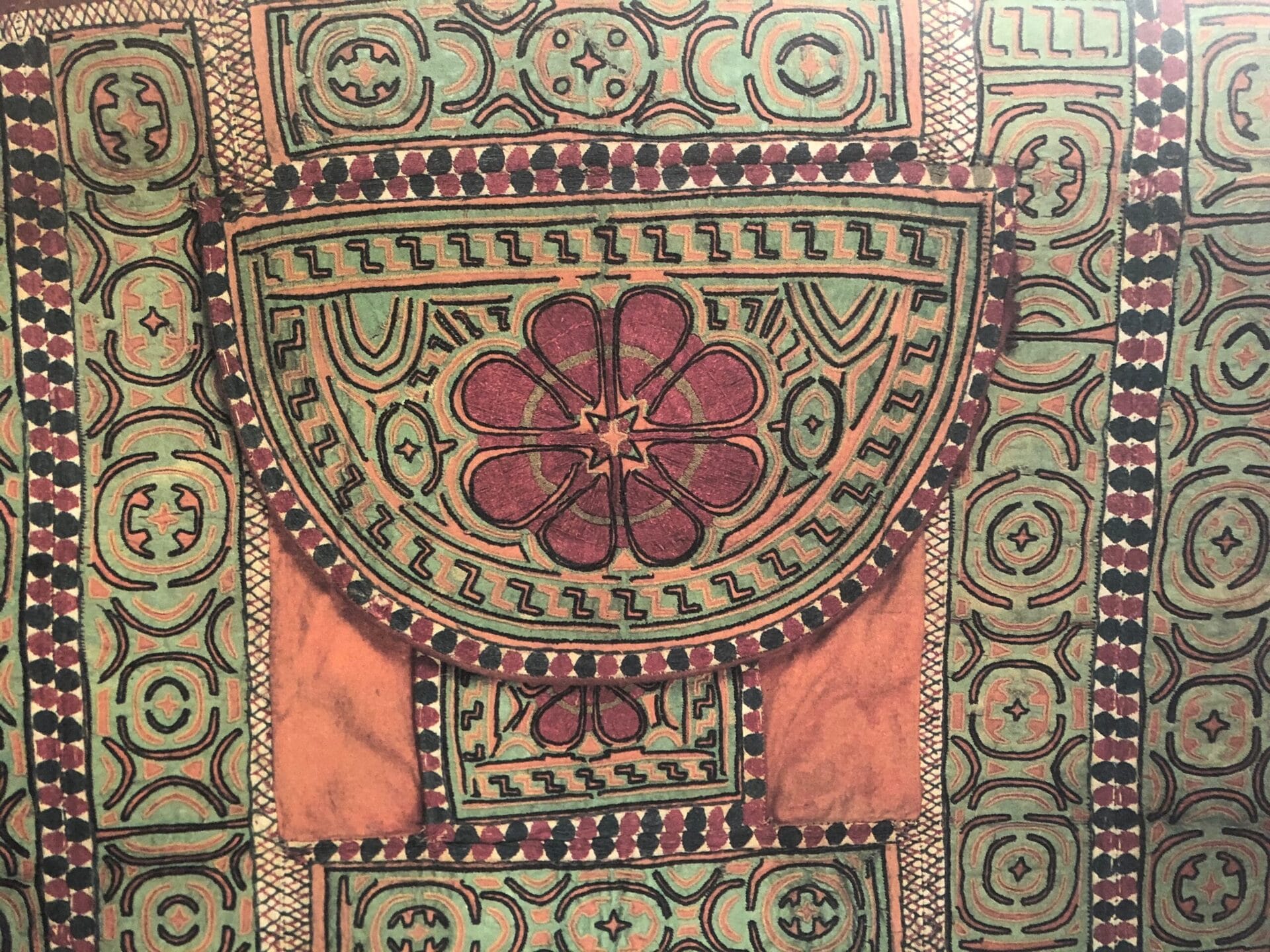
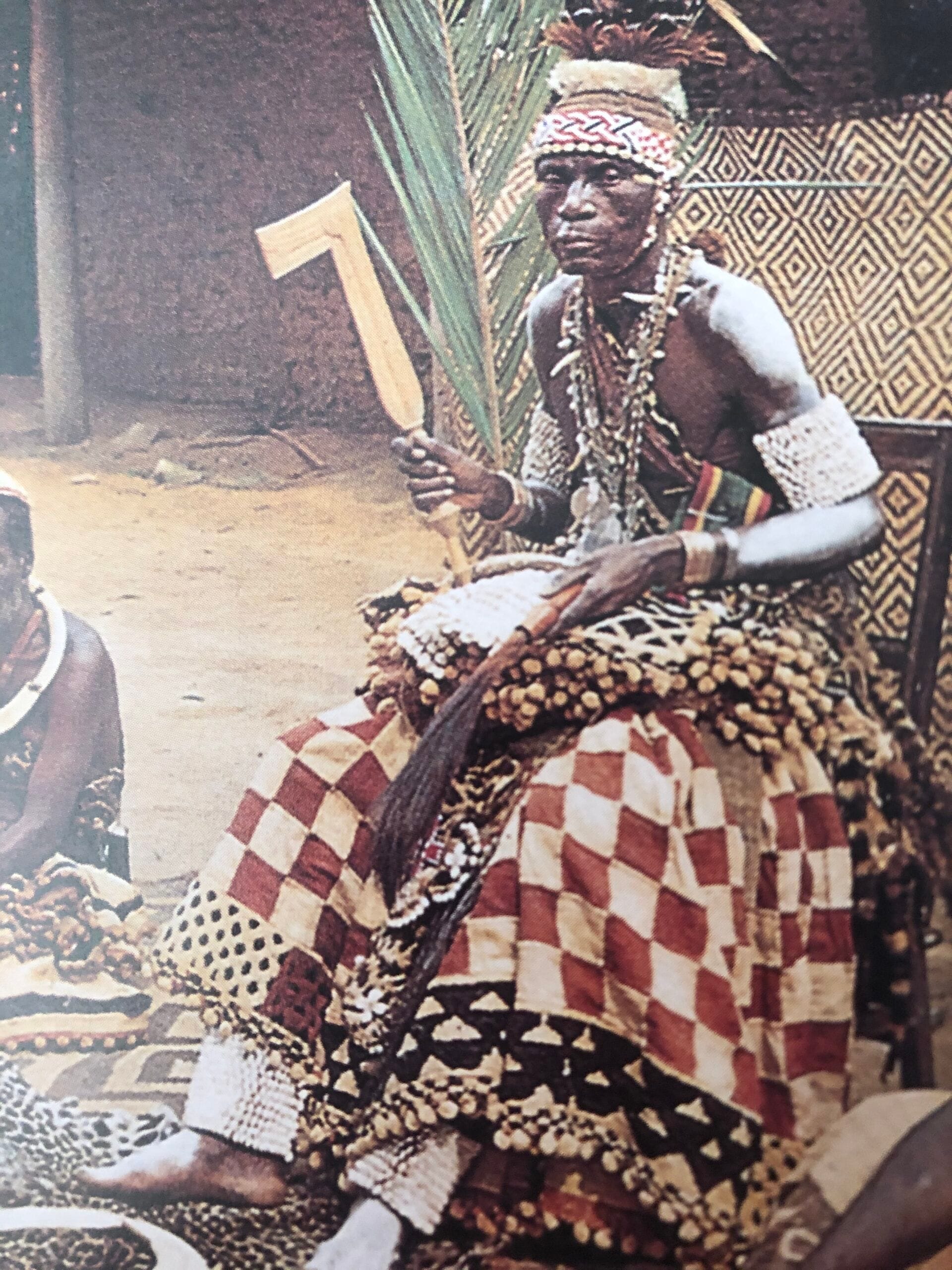
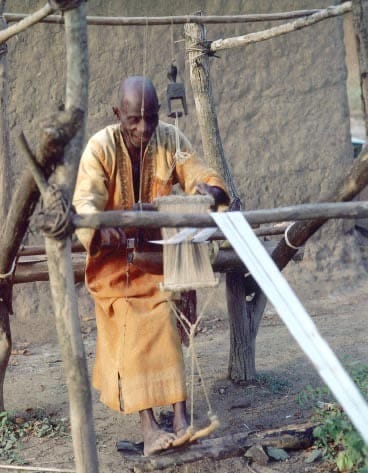
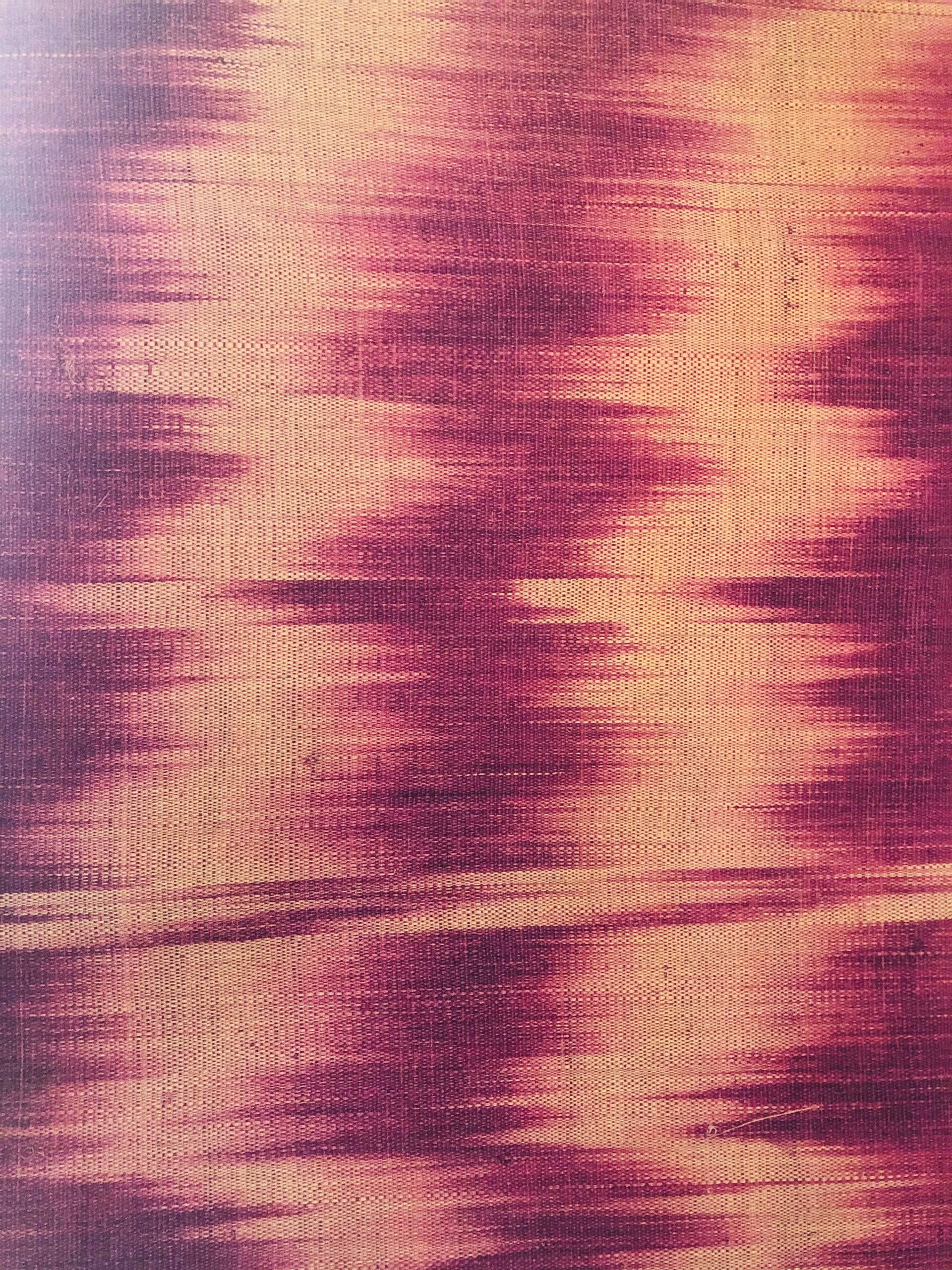

No Comments